Solution
-
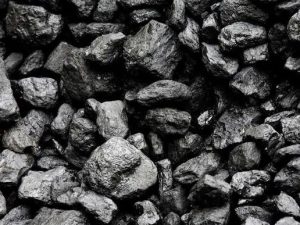
Optimized Coal Crushing & Processing
Coal crushing and processing play a pivotal role in energy production and industrial applications, ensuring efficient utilization of coal resources while minimizing environmental impacts. LIMING Heavy Industry, a leader in mining machinery, offers innovative solutions tailored to enhance coal [ .. ]Read More -
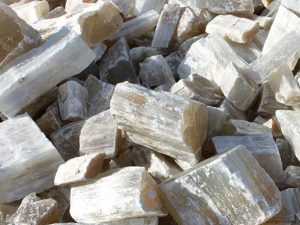
Gypsum Crushing & Processing: A Comprehensive Solution by Liming Heavy Industry
Gypsum, a versatile mineral widely used in construction and agriculture, requires efficient crushing and processing to achieve optimal particle size and purity. As a leading mining equipment manufacturer, Liming Heavy Industry provides tailored solutions for gypsum treatment with high auto[ .. ]Read More -
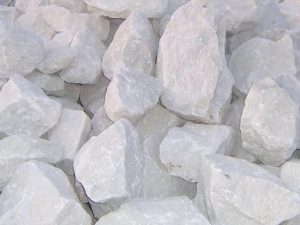
Calcium Carbonate Crushing & Processing
Calcium carbonate (CaCO₃), a versatile mineral widely used in industries like plastics, paints, and construction, requires precise crushing and processing to meet diverse application standards. This article explores advanced methodologies to optimize its production efficiency and product qua[ .. ]Read More -
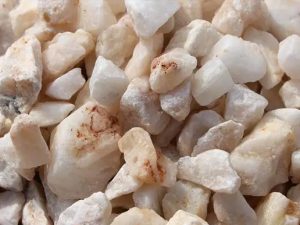
Optimized Barite Crushing & Processing
Barite (BaSO₄), a critical mineral for industries such as oil drilling, coatings, and ceramics, requires efficient crushing and processing to meet diverse application standards. This article outlines optimized workflows and technologies to enhance productivity, reduce costs, and ensure env[ .. ]Read More -
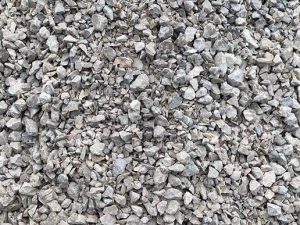
Ballast Crusher & Processing: Essential Equipment for Railway Infrastructure
Ballast crushers and processing systems play a vital role in producing high-quality aggregates for railway construction and maintenance. This guide explores the machinery, workflows, and advantages of modern ballast processing solutions. 1. What Is Ballast Crusher? A ballast crusher is[ .. ]Read More -
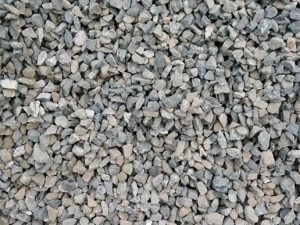
The Ultimate Guide to Aggregate Crusher & Processing
Aggregate crushers and processing systems are indispensable in modern construction, mining, and infrastructure projects. These machines transform raw materials like limestone, granite, and quartz into high-quality aggregates for concrete, roads, and buildings. Here’s an in-depth look at th[ .. ]Read More -
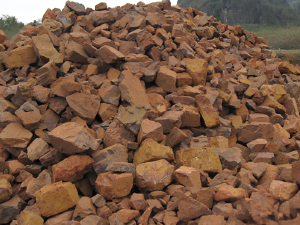
Optimizing Bauxite Crusher & Processing
Bauxite, a primary source of aluminum, requires efficient crushing and processing to extract alumina. Optimizing this process involves selecting advanced equipment, refining workflows, and adopting innovative technologies. Below are key strategies to enhance efficiency and reduce operational c[ .. ]Read More -
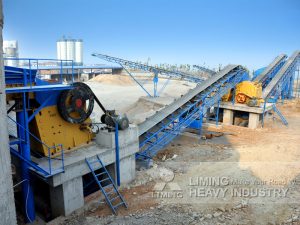
Stone Crusher & Processing: Efficient Solutions for Diverse Needs
Comprehensive Stone Crusher Production Line A well - structured stone crusher production line consists of several essential components, including a Vibrating Feeder, jaw crusher, impact crusher, cone crusher, belt Conveyor, and Vibrating Screen. Each piece of equipment plays a crucial role in[ .. ]Read More -
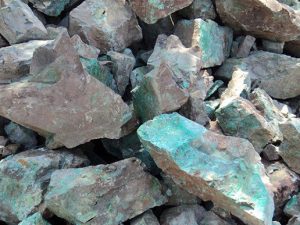
Copper Ore Crushing & Processing: A Step-by-Step Guide
Unlocking the Value of Copper Through Efficient Extraction Methods 1. Introduction to Copper Ore Processing Copper ore processing is a critical stage in metallurgy, transforming raw ore into usable copper concentrates. This process typically involves crushing, grinding, and beneficiati[ .. ]Read More
